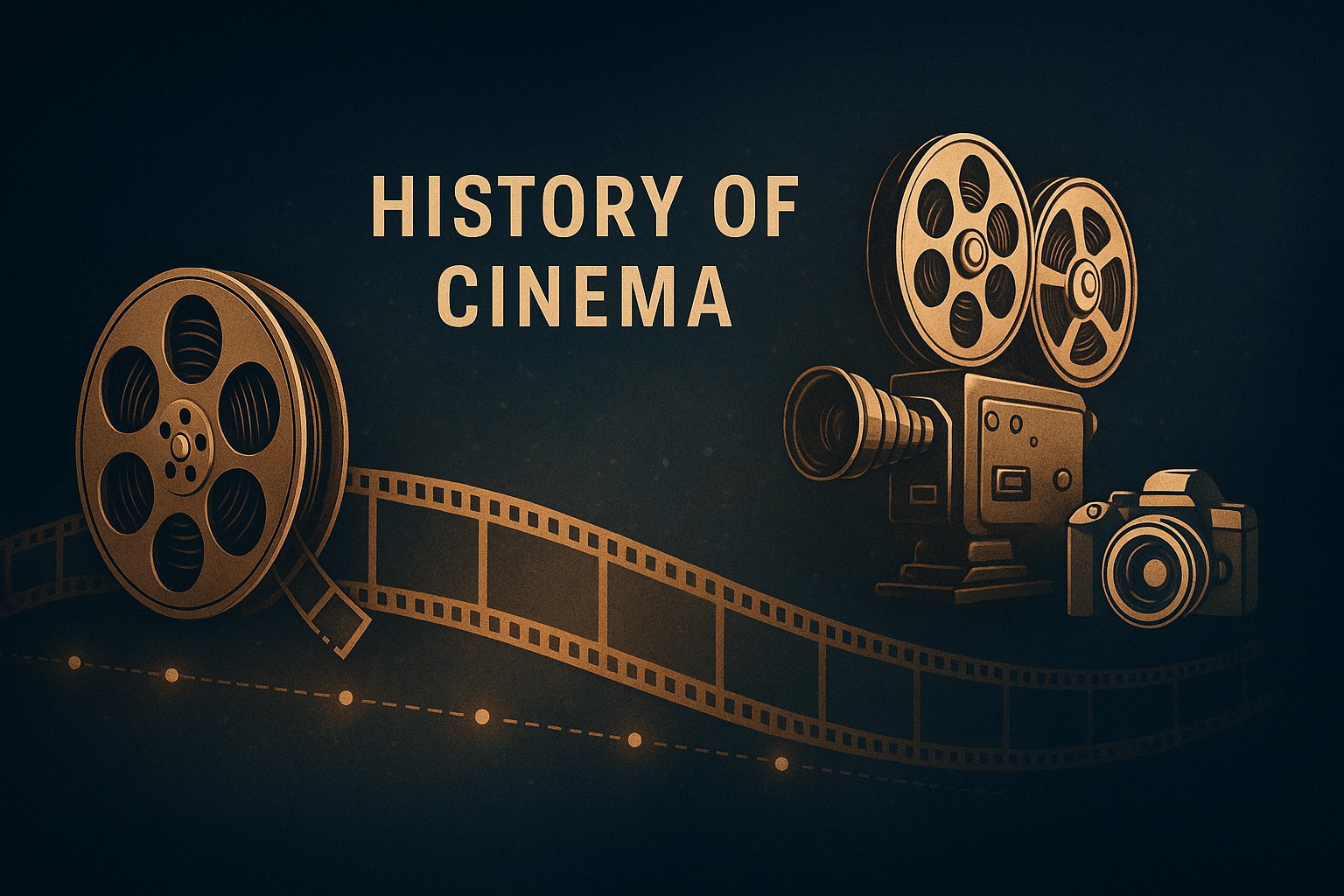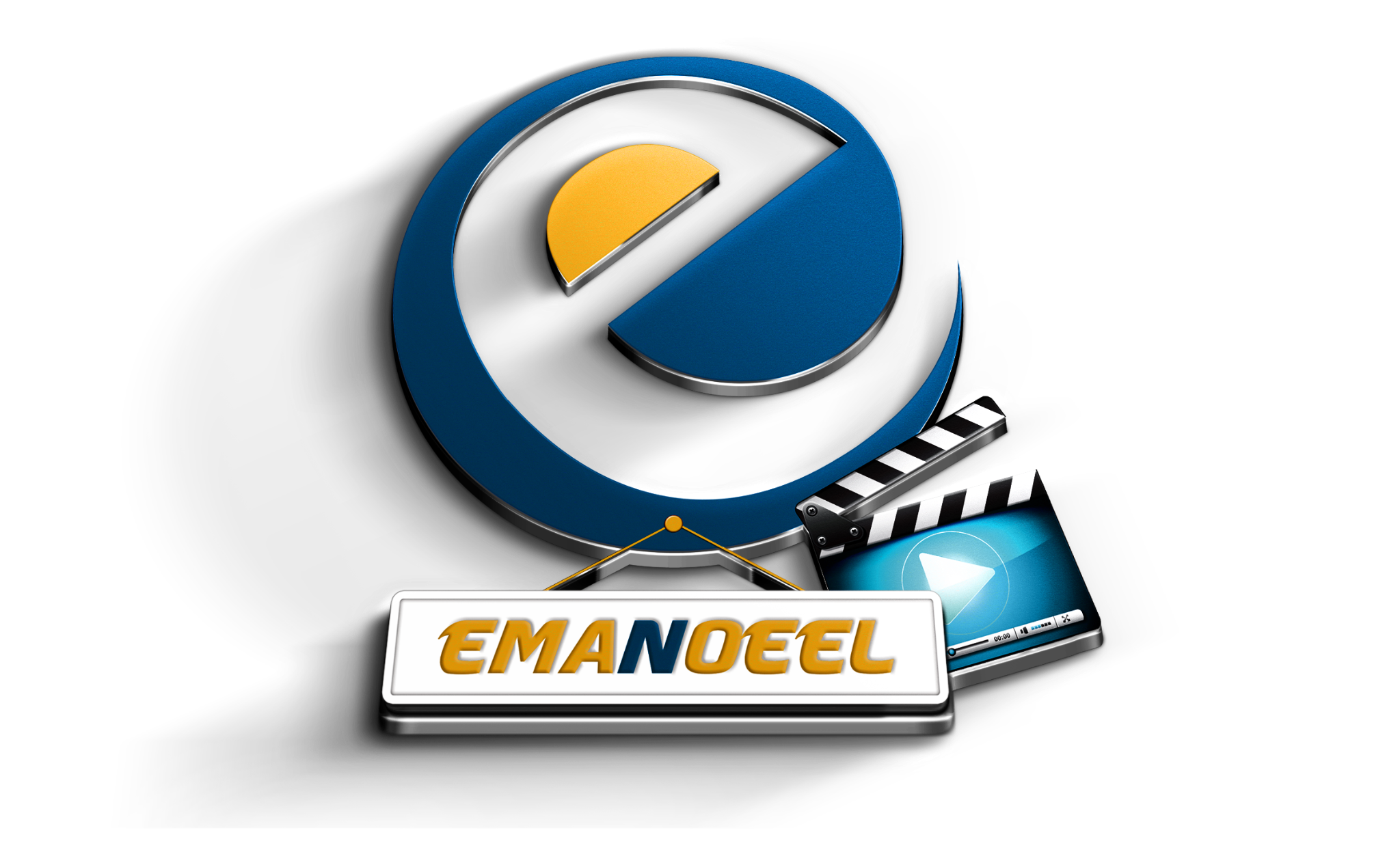History of Video Editing
From scissors and tape to digital timelines and AI, editing technology has shaped the way stories are told on screen.

The early days: cutting & splicing
At the birth of cinema, editing meant literally cutting strips of celluloid and joining them with tape or glue. Editors would hold film up to the light, mark the exact frame they wanted and physically snip it, then splice the pieces back together. This painstaking process introduced the idea of montage and paved the way for storytelling through juxtaposition.
The non‑linear revolution
While linear editing remained dominant for decades, the first non‑linear editing system (the CMX 600) appeared in the 1970s. By the late 1980s and early 1990s, digital NLEs such as Avid Media Composer and Adobe Premiere emerged, allowing editors to rearrange shots non‑destructively, experiment freely and avoid generational loss. This shift coincided with the transition from analogue to digital video and democratised editing by bringing the process out of specialised suites and onto personal computers.
Modern workflows and machine learning
Today, non‑linear editing is the norm. High‑resolution sensors and solid‑state media mean cinematographers can capture hours of footage, then hand off terabytes of data to editors. NLEs integrate with colour grading, sound mixing and visual effects tools, while AI and machine‑learning features offer automated scene detection, re‑framing, colour matching and even morph cuts. The rise of cloud storage and remote collaboration also allows teams to work from anywhere on the same timeline. As technology continues to evolve, editing remains both an art and a craft: the tools may change, but the goal—telling a compelling story—stays the same.

